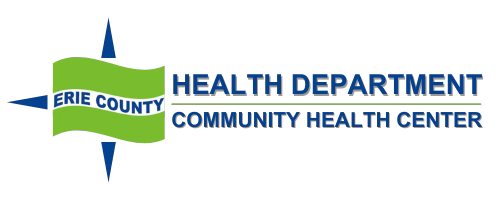COLUMBUS — With Ohio facing another round of redistricting this fall, Jen Miller, executive director of the League of Women Voters of Ohio, says the stakes are high for voters who want fair elections — and the process is again stacked in favor of politicians.

“Our interest is making sure that our democracy works for all of us,” Miller said during an interview Wednesday. “That’s why we’ve always opposed partisan gerrymandering — no matter which party is doing it.”
The League, which grew out of the Ohio Woman Suffrage Association more than a century ago, has led campaigns against gerrymandering since 1981. Miller stressed that both Democrats and Republicans have manipulated maps when in power, and the League has opposed them in each case, including Democratic-led efforts in Cleveland and California.
“When gerrymandering happens, lines are drawn to benefit one candidate or one party,” Miller said. “That causes disruption in how democracy works. Primaries become the most important elections, favoring extreme candidates. And lawmakers stop listening to their constituents — they only play to party bosses and big donors.”
Fall deadlines loom
Under Ohio’s constitutional amendment approved by voters, the state is required to redraw congressional maps because the current maps — first used in 2022 — did not win bipartisan support
Key deadlines include:
Sept. 30 — The General Assembly could adopt new maps, but only with 60% support, including half the members of both parties. Miller said that threshold is “very hard to do” and unlikely with only two scheduled session days.
Oct. 31 — If lawmakers fail, the Ohio Redistricting Commission, made up of seven members (five Republicans and two Democrats), must pass a plan with at least four votes, including both Democrats.
Nov. 30 — If no deal is reached, the General Assembly can approve maps by a simple majority.
Miller said it is “very likely” the process will drag into late fall, after the general election.
Who holds the power?
While both parties are involved, Miller said the Republican majority in the legislature and commission gives them the upper hand.
“It does not matter — even Republicans are harmed by gerrymandering,” she said. “Those candidates aren’t listening to us. Their job is to keep their party bosses happy so they can run again and again, because the lines are drawn to benefit their party. They’re never drawn to benefit us.”
National issue
The League’s opposition extends beyond Ohio. “Our members voted to oppose gerrymandering nationally,” Miller said. “It doesn’t matter whether maps are drawn for Republicans or Democrats. Gerrymandering means corruption, polarization and lawmakers who are not accountable to the people.”
Miller believes growing national frustration may eventually push for reforms that take politicians out of the map-drawing process altogether.
What voters can do
While the public has limited access to deliberations — with few scheduled legislative sessions and no commission meetings announced — Miller urged Ohioans not to give up.
“We should pressure them,” she said. “Call upon them to keep communities together and to make sure mapping is done in public.”
She also encouraged citizens to study how their own districts are divided, stay engaged in local elections this fall, and connect with resources like fairdistrictsohio.org, a coalition the League helps lead.
“The congressional maps we have now are unfair,” Miller said. “And they are very likely to become worse in the short term. That’s why it takes all of us in the long run to make sure our democratic institutions work.”












